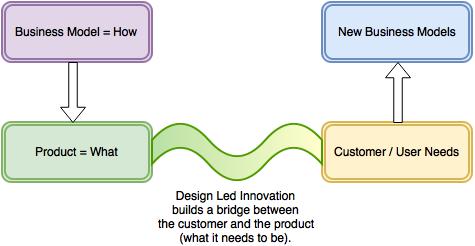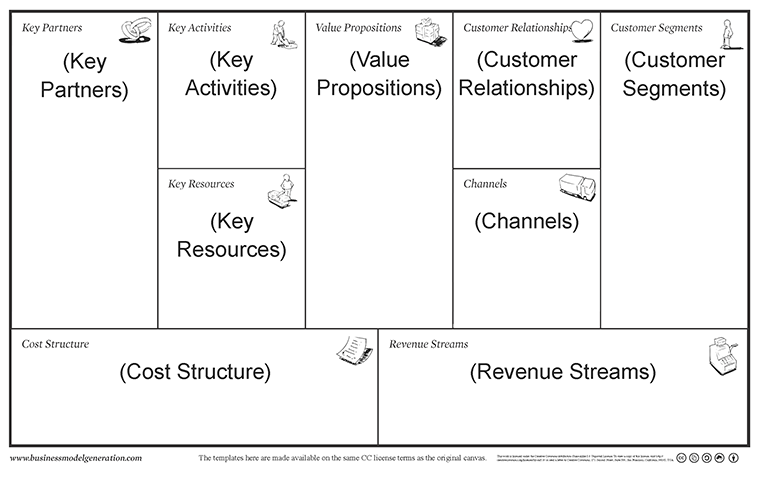Design Led Innovation
Traditional Product Development comes up with the product idea, does the development, gets it into production and then tries to find customers to sell it to.
Design Led Innovation tries to turn that process around so the actual needs of the customer or user become part of both the product definition and the business model development. If you haven’t already heard of it, check out the Business Model Canvas.
I get the opportunity to present on topics like Innovation to Business Groups and even MBA programs and one of the interesting statistics I use is that the number one area for Innovation in the world today is the Business Model.
How Does Design Led Innovation Work?
So how does this all work?
In Design Led Innovation, the expected outcome is that when you engage with your customer, and begin to understand their needs, then you can start to offer them something that has much higher value for them and allows you to get a better price for offering that much higher value. The outcome is the classic win:win that great business is meant to deliver. And it is a key factor in not getting caught in the classic commodity service price war with the client’s purchasing officer driving the process.
It is also a continuous process. One description is that it is like “rebuilding the plane while it is in flight”.
Sounds scary, but the results seem to show it is well worth doing.
Design Led Innovation session at SEBN
At a recent SEBN breakfast session we heard from Tricomposite about their experience of using Design Led Innovation to revolutionise their business and not only service their existing customers better, but offer them products they didn’t even know they wanted and create a much better value offering for them than they had ever considered before. And this has opened up potential market offerings to other customers who they would never have considered they could work with.
Here are the themes they explored in finding this offering:
- focus on designers, not buyers
- test is time pressure leads to design mistakes
- test is rapid full-sized final material prototypes were valuable
- test if there was room for service level agreements
- test if there was room for collaborative design
And the answer to four of these was a resounding yes. Only the service level agreement test failed. Basically, customers expect service as a given. But the rest has opened up a complete rethink of their business. In fact, they shared that it was their existing perspective on their business that proved to be their biggest limiting factor.
Business Model Canvas
Rethinking the Business Model is a key component of Design Led Innovation. But not as an end in itself. Only after understanding your customer’s real needs can you determine how to make it easier to do business with them.
I recommend getting the Business Model Canvas book and taking advantage of the free downloads at Strategyzer. Here is a example of one of their tools.
Successful Endeavours specialise in Electronics Design and Embedded Software Development, focusing on products that are intended to be Made In Australia. Ray Keefe has developed market leading electronics products in Australia for more than 30 years. This post is Copyright © 2016 Successful Endeavours Pty Ltd.





